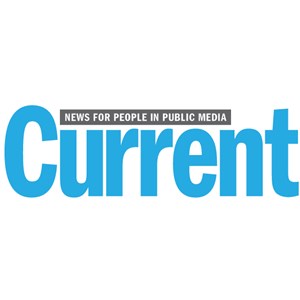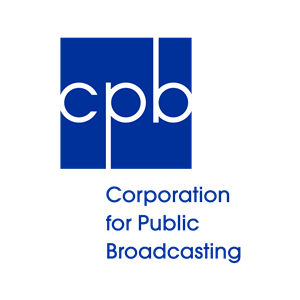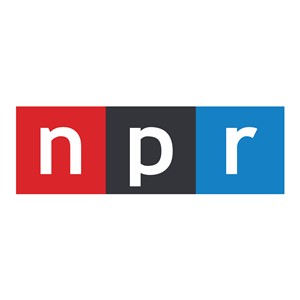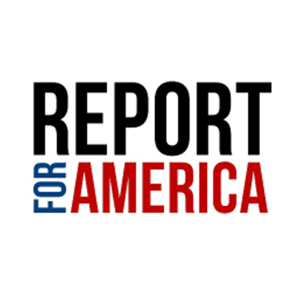News consumers count on media to help them sift through mis- and disinformation, and one way to do that is presenting them with research-based evidence. But many reporters without scientific or statistics backgrounds lack confidence when citing data and fear misrepresenting “the science”. Through presentations, discussion, and hands-on activities, this workshop will help journalists gain a new level of insight into how to integrate scientific evidence in their reporting. You’ll learn:
•how to read and understand a scientific paper and determine whether a finding might be exaggerated;
•how to find the right expert source and get the most out of an interview;
•how to include numbers and data in your writing in ways that are accessible and understandable.
•ways to understand and explain how much uncertainty exists around a given finding and how to write about that uncertainty;
•what important statistical concepts like p-values, risk and odds, correlation strength, and absolute and relative numbers mean, and how to use them; and
•how to accurately report on opinion polls and surveys in the leadup to the 2024 election.
All with no math required and an eye to understanding where the data come from, what they represent, and how to get help when you need it to more effectively interpret data for your audience. Most importantly, it will help give you the confidence to strengthen your storytelling—no matter the topic—with accurate, trust-enhancing, scientific evidence.
TAKEAWAYS:
Attendees will gain comfort and confidence in their ability to use scientific evidence and quantitative data in their reporting—a skill that’s critical not just for covering scientific topics but for covering many issues of community relevance. These skills will prove especially valuable in the lead-up to November’s elections, when candidates and pollsters will be quoting scads of statistics, none of which should be simply repeated in the news but instead should be understood, analyzed, and put into context.
 4400 Massachusetts Avenue Northwest Suite LL05
4400 Massachusetts Avenue Northwest Suite LL05







